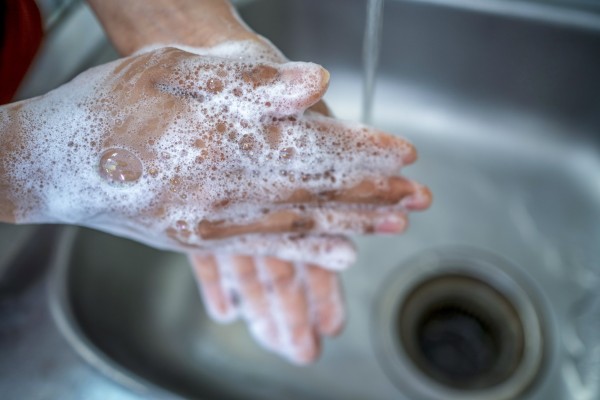Hand Hygiene


Washing your hands is one of the best ways to keep people from getting sick and spreading illnesses. Also it gets rid of germs you pick up from other people or surfaces you touch and from the animals you come in contact with. Teach your children how to wash and dry their hands properly and this will help to keep them well.
How to wash your hands properly
Follow these steps to wash your hands properly:
- Wet hands with running water.
- Apply enough soap to cover wet hands.
- Scrub all surfaces of the hands — including the back of hands, between fingers and under nails — for at least 20 seconds.
- Rinse hands with running water.
- Dry hands thoroughly.
How to use hand sanitiser
Use a sanitiser that contains at least 60% alcohol, and rub it into your hands for at least 20 seconds to ensure full coverage.
When you should wash your hands
Wash your hands regularly, especially:
- after blowing your nose, coughing or sneezing
- after visiting a public space, including public transport, markets and places of worship
- after touching surfaces outside of the home
- after touching money
- before, during and after caring for a sick or vulnerable person
- before and after eating.
Always wash your hands:
- after using the toilet
- before and after eating
- after handling rubbish
- after touching animals and pets
- after changing babies’ nappies or helping children use the toilet
- when your hands are visibly dirty.
Use any temperature of water to wash your hands
You can use any temperature of water to wash your hands. As long as you use soap, cold water and warm water both kill germs and viruses.
Washing your hands or using hand sanitiser
Handwashing with soap and water or using hand sanitiser, when done correctly, are both highly effective at killing most germs and viruses. Hand sanitiser is often more convenient when you’re outside of the home, but can be expensive or difficult to find in emergency contexts.
How to help children wash their hands
You can make handwashing easier for children by setting up a stool so they can reach water and soap by themselves. You can make it fun for them by singing their favourite songs while you help them rub their hands.
Dry your hands
Germs spread more easily from wet skin than from dry skin, so drying your hands completely is an important step. Paper towels or clean cloths are the most effective way to remove germs without spreading them to other surfaces.
The 'Glo Box'
Toi Te Ora Public Health has developed the ‘Glo Box’, which is a visual, interactive way for children to learn the importance of hand hygiene. Public health nurses in the Bay of Plenty and Lakes Districts visit schools with the resource.
The glowing area on the hand (shown below) demonstrates parts missed during hand washing. If it glows under the UV lights then it is still dirty. Commonly the areas missed during washing are between the fingers, the thumbs and underneath the nails. Children are encouraged to pay special attention to these areas. Contact us for more information.
Further hand hygiene information
- Hand washing - Ministry of Health
- How and when to wash your hands flyer
- Information about foodborne illnesses
- Print off or order hand hygiene resources
- Wash and dry your hands sticker - for use in bathrooms and restrooms
- Wash your hands for 20 seconds and dry thoroughly poster in English, te reo Māori, Sāmoan, Tongan, Chinese simplified and Hindi





